By Connor Maas, IBO Avian Field Technician, WWF-RSVP Program
I take a few more scoops of sand from beneath the engine block of my beat-up Toyota and skeptically eye the bundles of dry yucca stems and twigs beneath the front tires before climbing into the cab and trying one more time. No luck. The tires have dug into the fine sand leaving me high centered.
There is cell service about a mile back, so I start walking.
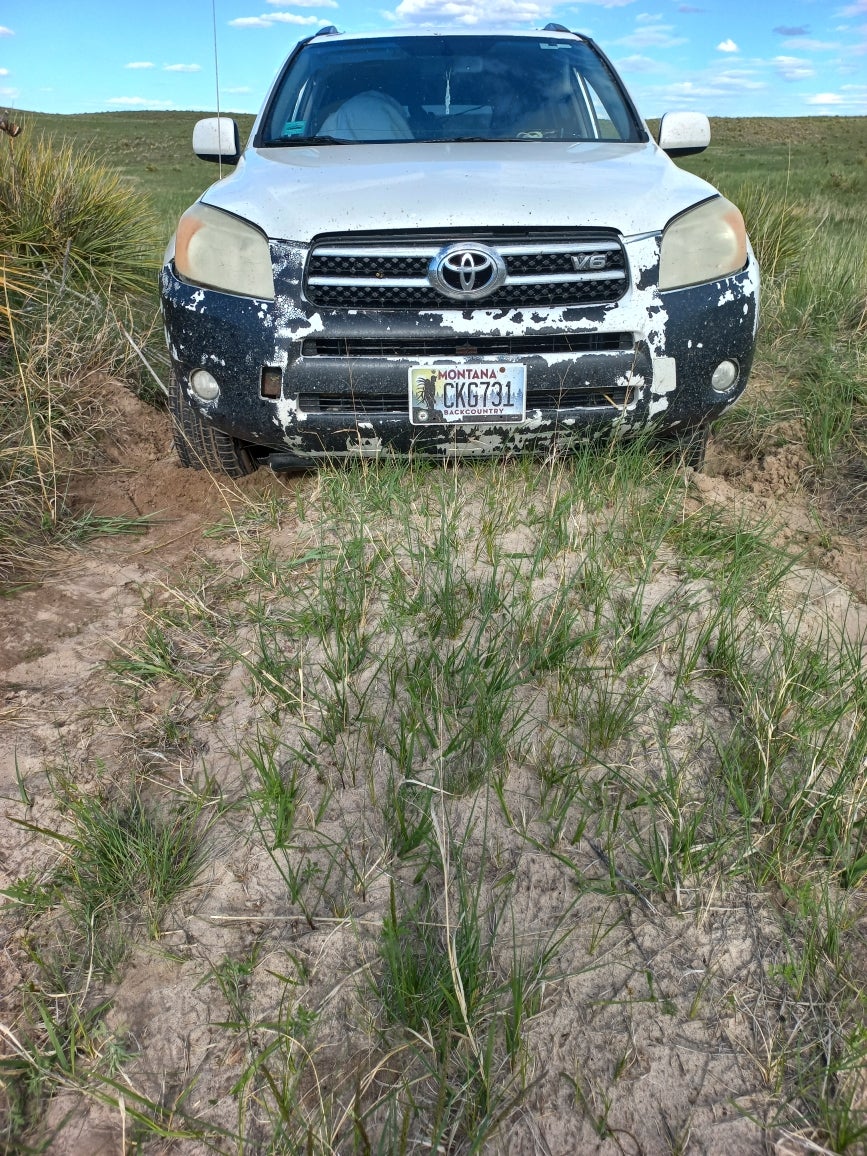
I am on the Wolakota Buffalo Range, which is a more than 20,000 acre ranch in south-central South Dakota, just a few miles north of the Nebraska border. The ranch contains river bottoms and pine groves but is predominantly sandhills. TJ, one of the ranch hands, gave me his cell number when I met with him earlier. Thankfully he answers my call and comes to my aid. TJ is a bison rancher who rides horses and wrestles steers at rodeos in his free time.
Honestly, he looks like he could wrestle one of his bull bison if he had to.
His demeanor matches that of most of the ranchers I have met so far. He is friendly and makes good conversation, telling stories about rodeo, travel and the land he makes his living on.
We get my car out with little trouble, and I make camp for the night. I plan my route for the morning. My survey points are spread far apart, with roughly a mile between points. With a long day ahead, I turn in early.
I wake to the sound of nighthawks.
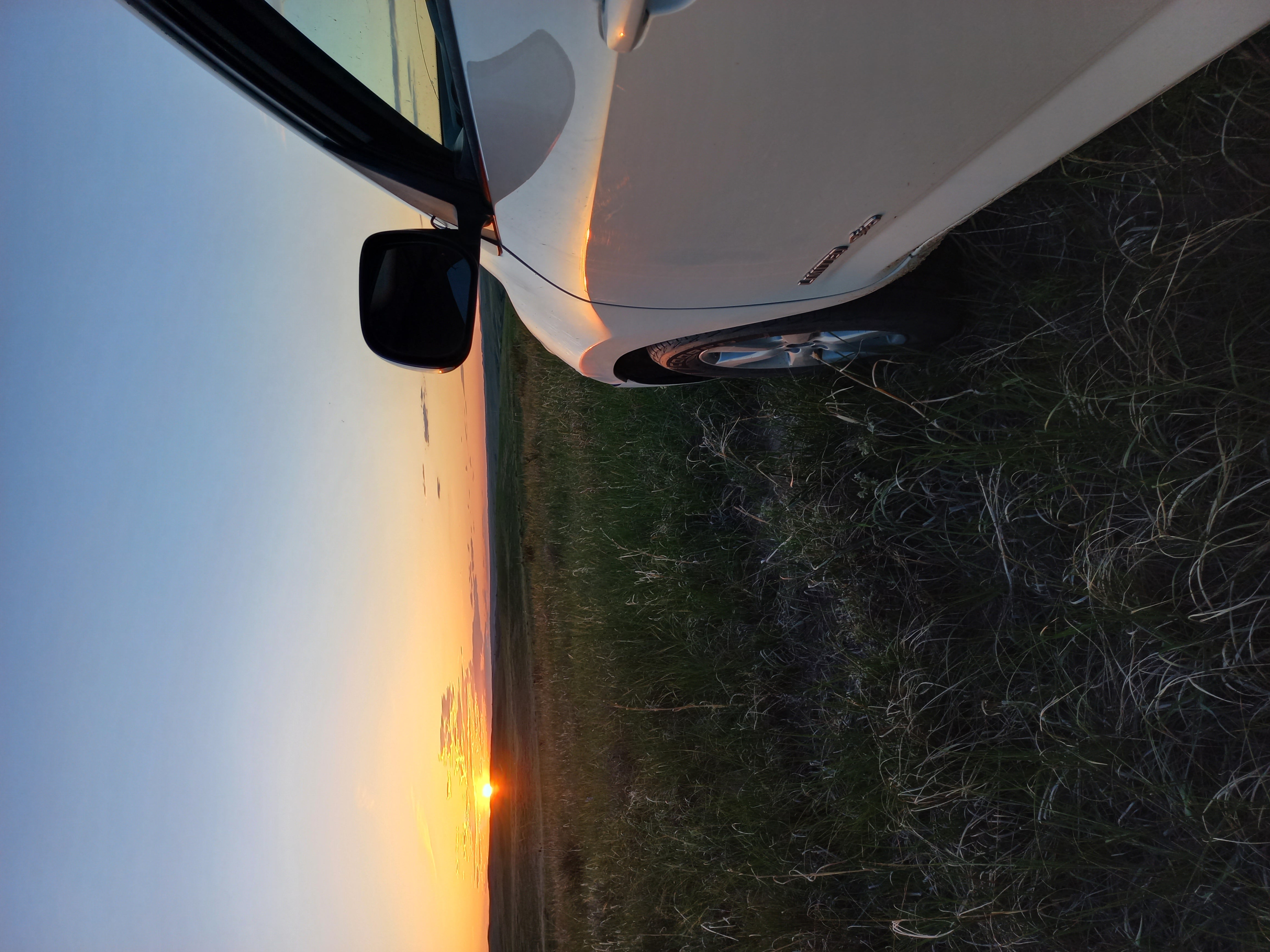
I go through my morning ritual; I lace my boots, strap my gators, check my gear, and, most importantly, chug an unholy amount of coffee.
In addition to my normal gear I don my backpack for extra water and snacks and a trekking pole. I leave my raincoat and set out.
The morning is calm and overcast and the birds are active. I hear a variety of sparrows, meadowlarks, cowbirds and blackbirds. I see a few birds of prey, and at a few of my points I glass up a few different species of ducks in the low marshy potholes.
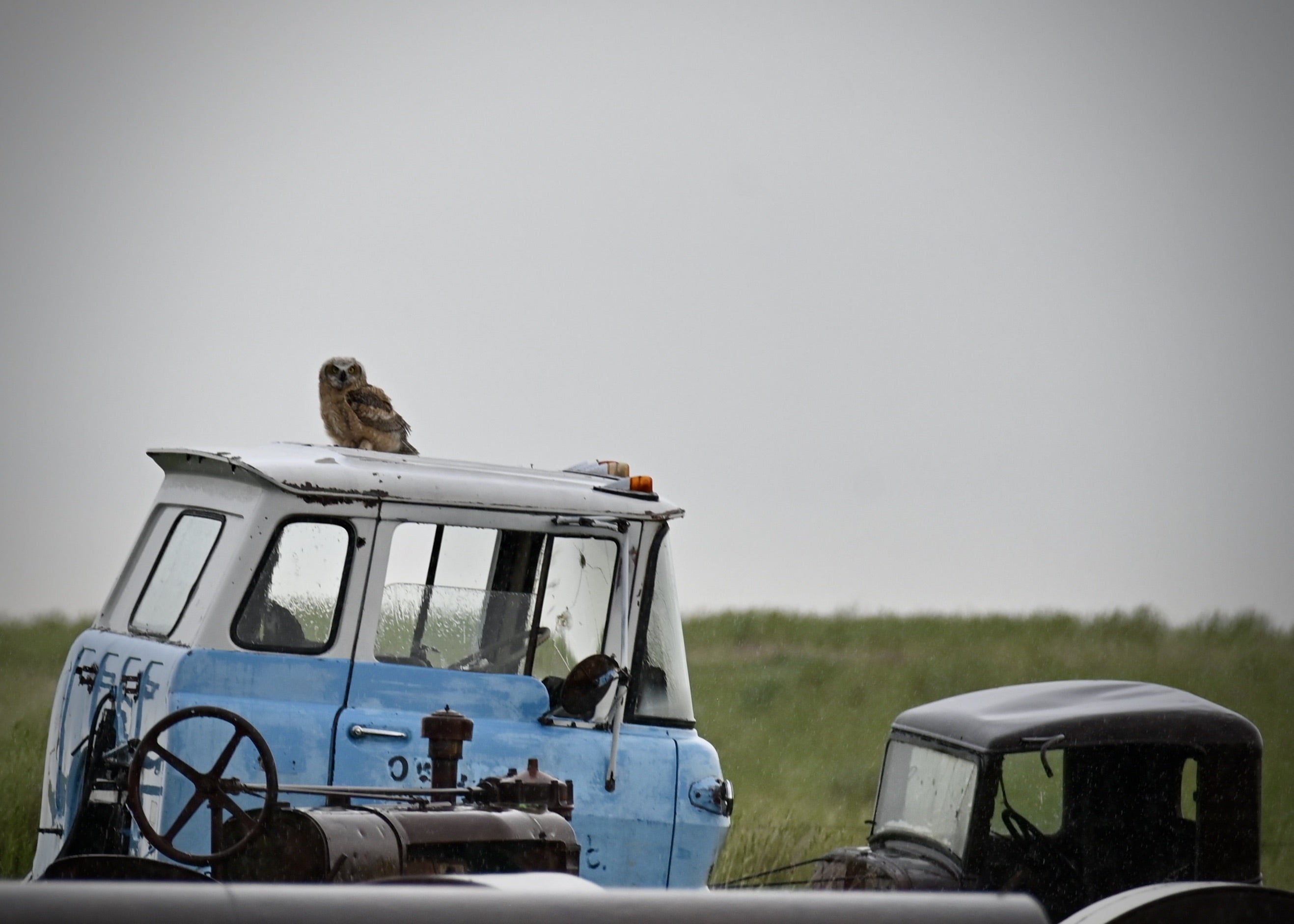
At one point I crest a ridge and am greeted with a herd of bison. Even though they are technically “livestock”, I give the group of cows and calves a wide berth.
The sky grows darker and halfway through my final survey point… the rain begins to fall.
I finish my survey and stash my data in my pack to protect it from the elements. Suddenly I remember leaving my raincoat behind in the car. The rain is intensifying. My GPS tells me I have 8.8 kilometers back to camp. Time to start walking.
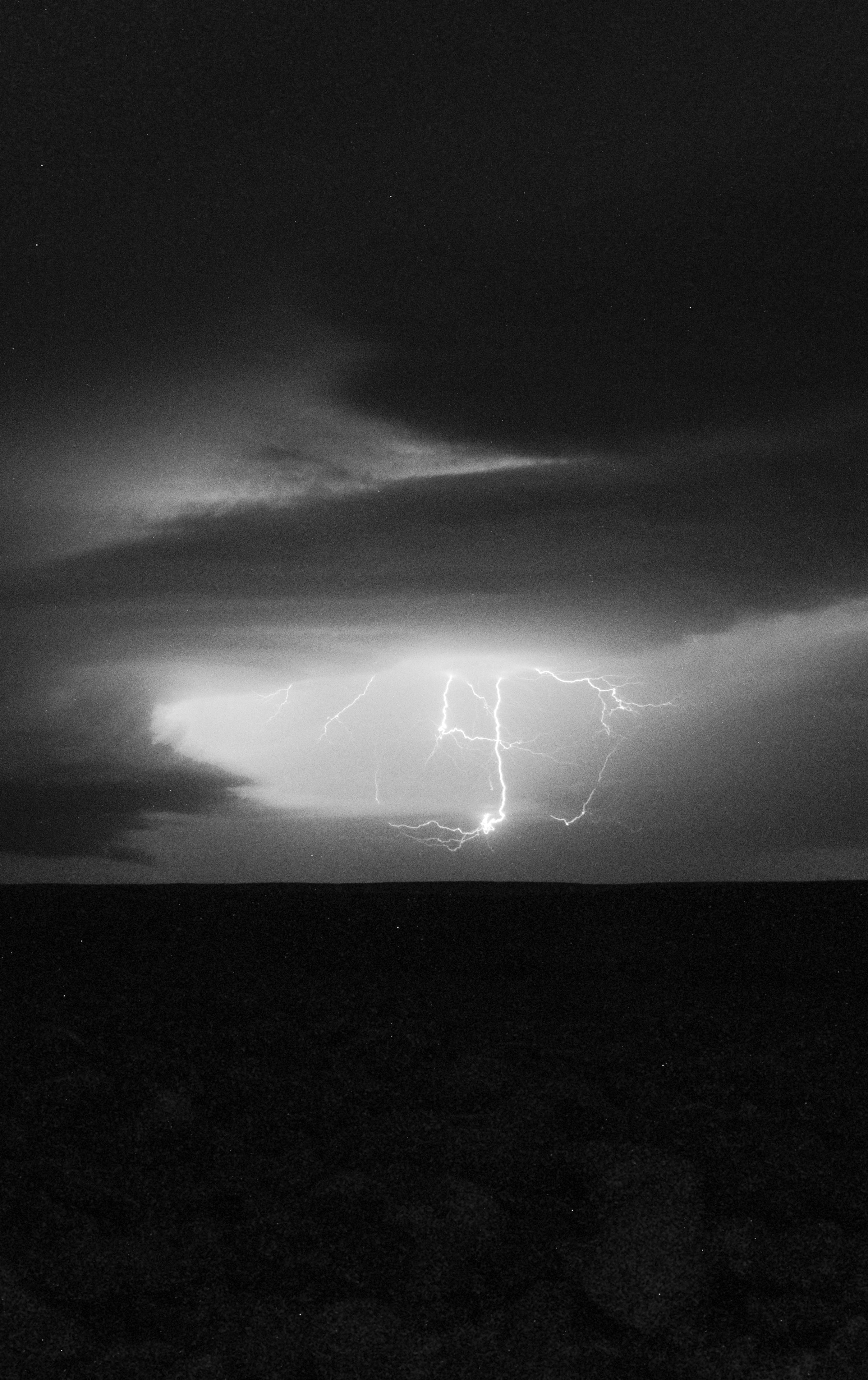
Nearly 3 hours later I am back at camp. The rain quit just as I caught sight of my car. I am soaked head to toe, but luckily my data survived the deluge. I take a moment to reflect on my field season so far.
I have been snowed on, rained on, outrun severe tornado warnings, dealt with extreme heat and cold, gotten stuck, and today just walked 15 miles before noon.
I realize this sounds like complaining, but I feel lucky. These experiences have taught me a lot about myself and I will be talking about them for years to come. Oh, and the birding and sunrises are a great job benefit.
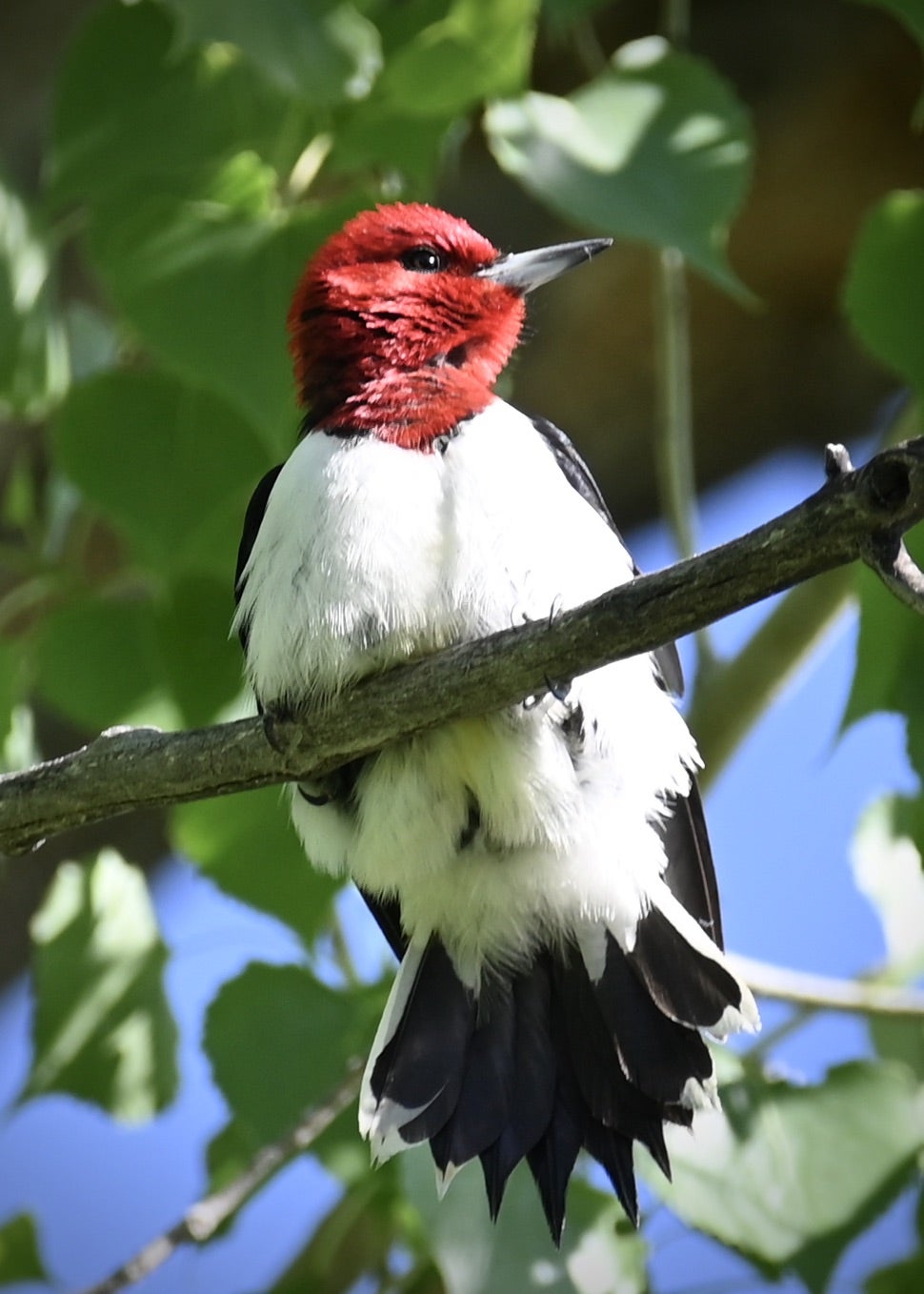
Connor Maas was one of two incredibly hard-working field technicians that helped IBO conduct avian surveys as part of World Wildlife Fund’s Ranching Systems and Viability Planning effort this summer. He traversed an amazing amount of landscape in the Northern Great Plains (without a horse!), and interacted personally with its vibrant wildness and vivacious ranching culture. Fortunately, he also had many easier field days than the one he describes in his story. Our biggest thanks to Connor for his committed hard work and for collecting and protecting that vital bird data!
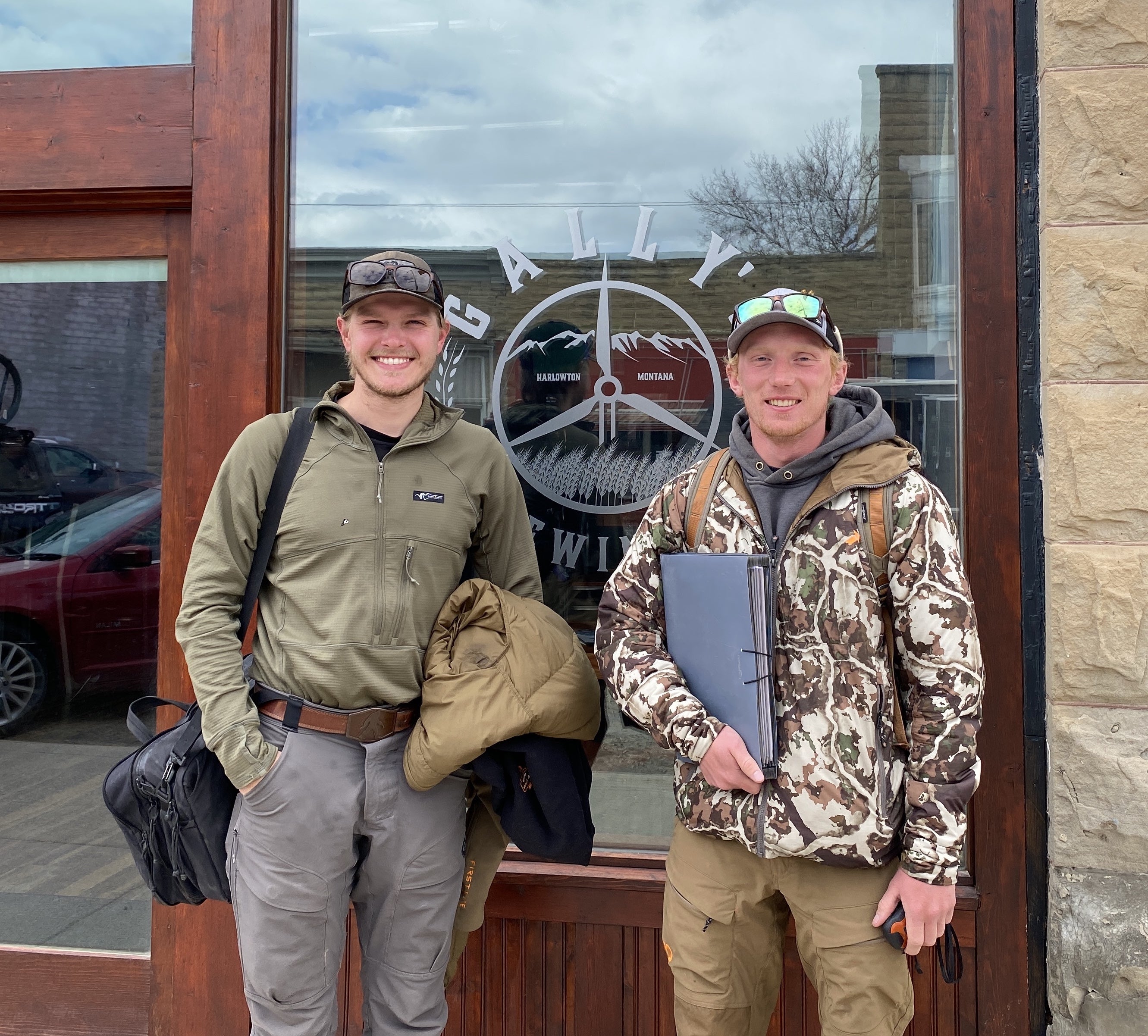
To become a part of IBO’s 2023 NGP avian survey team, contact Jennifer Boisvert (jenniferboisvert@boisestate.edu). Hiring starts in January.
This article is part of our 2022 end of the year newsletter! View the full newsletter here, or click “older posts” below to read the next article.
Make sure you don’t miss out on IBO news! Sign up to get our email updates.